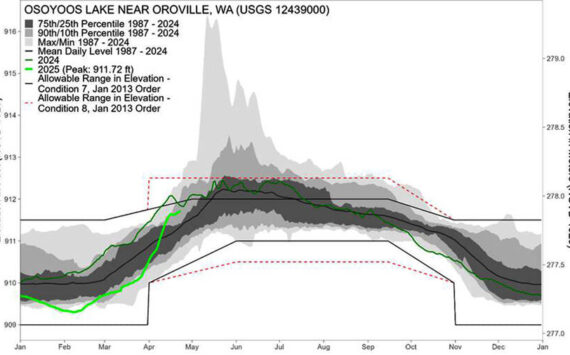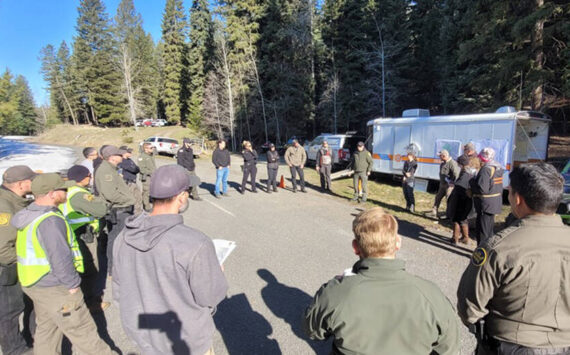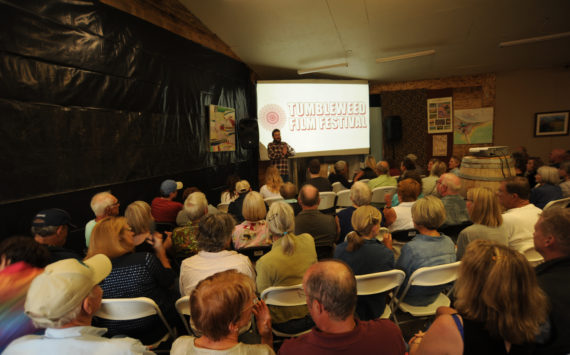
We sat down and talked with Okanogan County Assessor Scott Furman (see related story, page 1) last week about the current reassessment of the property within the Oroville School District and learned some surprising things. Although most of us know the Buckhorn Gold Mine was a big part of the reconstruction boom within the district a few years back, we were surprised at just how big a chunk the mine property is of the total $600 million in assessed valuation within the district. Buckhorn represents $150 million, or one-quarter of all the property value within the school district.
What will this mean for local taxpayers when the mine shuts down in 2015? Of course some people will lose higher-than-average paying jobs in the area, although others will have jobs during the reclamation phase where Crown is required to make the area look like no mining ever took place there. Where the biggest hit may come is when, after a few years, the valuation starts to drop like a rock down a mine shaft and they no longer pay as big a share of what we owe for things like school levies and junior taxing districts, like rural fire services. The hospital district, which draws from taxpayers in both the Oroville and Tonasket school districts, will feel less of a hit, predicts Furman.
For now, and for the next three years, the mine will continue to help us pay for things like a three-year capital levy to fix the roof on the grade school should voters approve it in November. Furman suspects the valuation of the mine will go up before 2015 to as much as $180 million. However, it is unclear once the mine is gone whether it will drop the Oroville School District down to the level where it can again collect levy equalization funds from the state to help match voter approved maintenance and operations levies.
Even without the mine, the valuation of the district may be on the upswing again, perhaps growing by as much as $10 million, according to Furman. But that’s a far cry from $180 or even $150 million. I don’t think we will be experiencing the boom and bust that some warned us about when you tie your fortunes to the mining industry, but the mine’s loss will be felt by the rest of us taxpayers after 2015. Why? Because the mine helped to shoulder a big part, a full quarter, of the combined tax burden for those living within the Oroville School District.
None of this should scare anyone from voting for school levies or capital improvement levies in the near future. The mine will continue to help pay for these until 2015 and somewhat beyond. And there may be new mining activity in the county as exploration continues. With gold at $1600 an ounce, more than five times what it was when the Buckhorn project was first envisioned more than 20 years ago, you know that someone is going to want to take it out of the ground somewhere within the Oroville School District’s boundaries. But if it takes another 20 years before a new mine can be built there’s no saying how that would affect the tax base.







